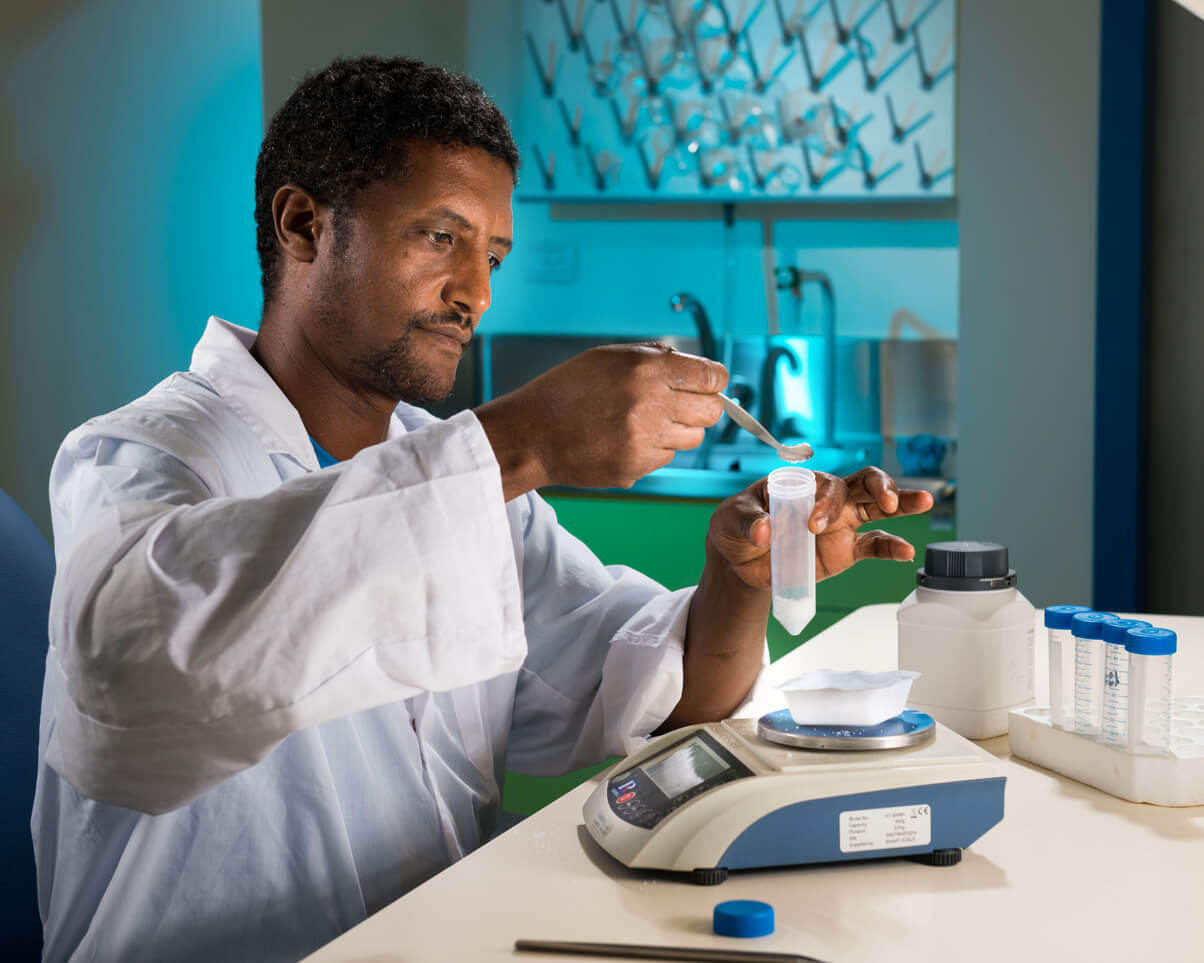Product Safety & Responsibility
As a leading global chemical company, ICL is careful to ensure that the chemical substances it produces and sells are handled in accordance with all rules and regulations throughout their life cycle.
ICL allocates resources to investigate and collect sufficient data on its products to fully characterize the product’s safety to human health and the environment. The company accomplishes this by performing or obtaining studies on toxicology, environmental fate, environmental toxicity and more. ICL uses this information to classify each chemical and product according to the UN Global Harmonization System (GHS) for classification and labeling, which has been adopted by many countries around the globe, or other relevant regulations. All of the company’s relevant chemicals are classified in line with their respective classification & labeling regulations.

As a leading global chemical company, ICL is careful to ensure that the chemical substances it produces and sells are handled in accordance with all rules and regulations throughout their life cycle. ICL prepares documentation which provides information regarding the chemicals and gives proper guidance to employees, contractors, customers and the public on the safe use of our chemicals and products. All ICL divisions are implementing the European Regulation for Registration, Evaluation, Authorization and Restriction of Chemicals (REACH) and are registering their chemicals as required by law. ICL has submitted applications for registration for all the chemicals relevant for its businesses in the EU (production and sale). There are several substances which are under evaluation by the authorities (ECHA and a Member State), some of which have been listed as Substances of Very High Concern. The company has volunteered to lead and prepare the joint dossiers for dozens of substances (acting as a “Lead Registrant”).
ICL expects future regulatory changes that will impact its products, such as:
- The new future European Fertilizers Product Regulation that will require fertilizer producers to monitor additional contaminating elements in fertilizer products that were not subject to monitoring in the past. In addition, pursuant to the new law, fertilizer producers must demonstrate their ability to track their products, to ensure the quality related to their production and supply chain. The new law entered into force in July 2019 with the application date of July 2022.
In addition, the FPR includes very challenging biodegradation requirements for the polymer coatings on controlled release fertilizers. If these requirements are not met until July 2026, it won’t be possible to sell controlled release fertilizers using today’s coating. ICL is undertaking steps to adjust to these new regulations. - The CLP (Classification, Labelling and Packaging of substances and mixtures) in Europe is another important regulation, where the outcome of a severe classification may have an impact on a specific product’s market.
- Various countries are assessing possible limitations on the use of specific chemicals used as flame retardants, biocides and other uses.
ICL is a producer of Methyl Bromide (used for soil fumigation) which has been included in the list of controlled substances under the Montreal Protocol. This substance is being phased out internationally other than for critical uses. As a result, ICL has significantly reduced its production of Methyl Bromide (for soil fumigation application) over the past 20 years.
To read more about regulations and limits of our products, please see ICL’s 2019 Annual Report (page 75).
Testing of Chemicals
As part of product licensing requirements in various countries, data must be submitted regarding the properties of registered substances and their effect on human health and the environment. Most of this data is collected through studies, including animal testing, and conclusions are then extrapolated with respect to humans. Such studies are only conducted in certified laboratories, which are required to perform them according to known guidelines accepted by authorities throughout the world, and to ensure the welfare of the animals as per legal requirements prescribed for such purpose.
Some of the required studies are complex and necessitate use of numerous animals, significant monetary costs and timeframes that delay the submission of licensing files. In addition, in-light of increasing global awareness to the welfare of animals, the need arose to limit use of animals, at least in licensing with respect to products currently under development. For that purpose, methods are constantly being developed around the world, including use of computerized models for prediction, as well as experimental models in tissue cultures. Some of these models are even accepted by authorities as substitutes for studies on animals.
Over the years, ICL has been making efforts to identify the most reliable and appropriate models that could provide data regarding the properties of substances under development, thus replacing some of the animal testing, at least in initial product development stages. We have thus far succeeded in identifying alternative methods relating to a number of properties, such as immediate toxicity of substances, nervous system toxicity, skin and eye irritation and developing fetus toxicity. Examination is currently underway of methods that would provide data regarding endocrine (hormonal) system disruption effects.


